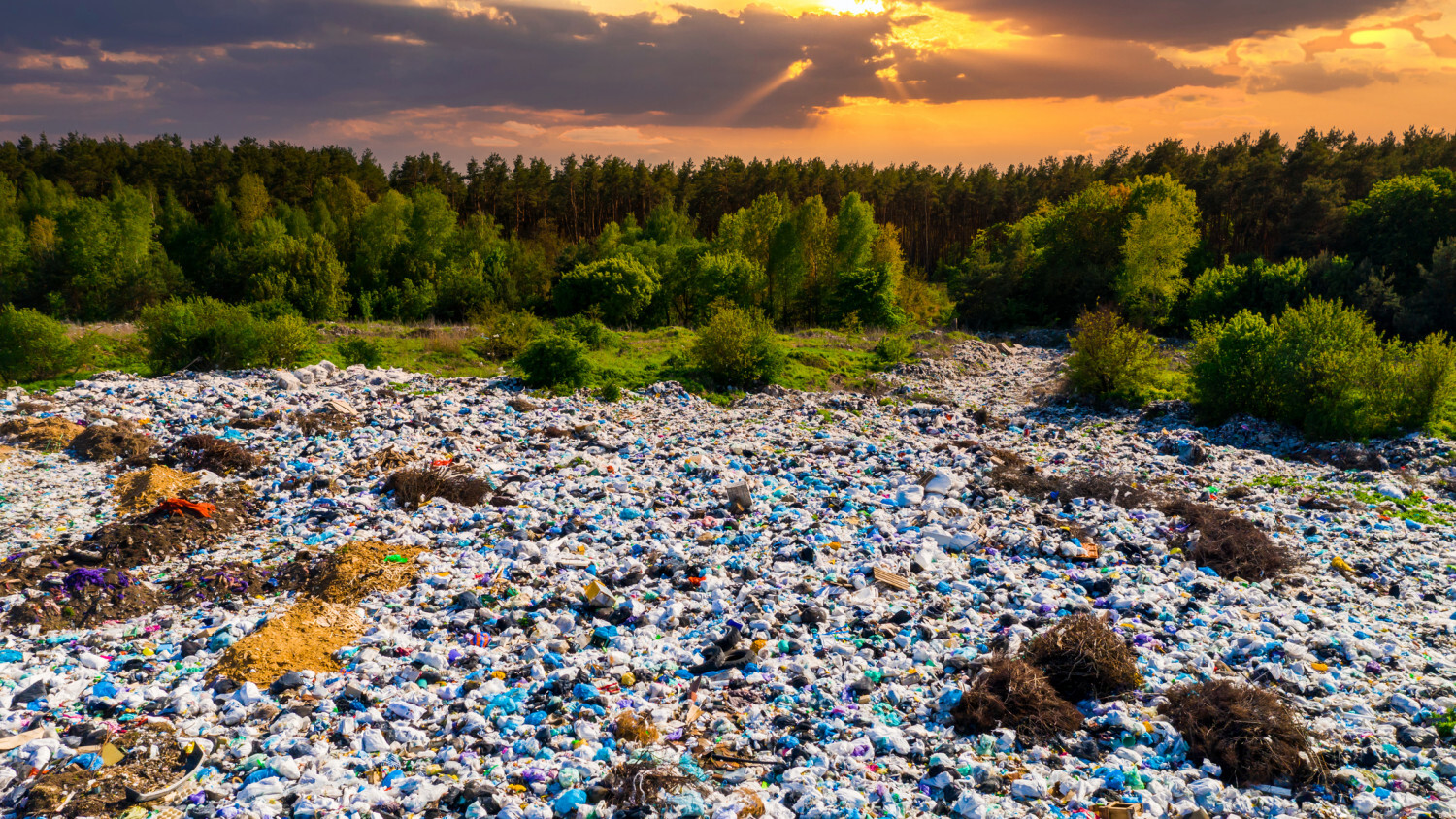If we look back at past decades, humanity has already had its gravedigger, its deadliest poison, its curse, and its instrument and substance of self-destruction: cigarettes, refined sugar, bad cholesterol, as well as freon and fine dust, not to mention carbon dioxide emissions. Not in every case immediately, and not always willingly or enthusiastically, but what they all have in common is that we ultimately reached a consensus and began phasing them out of our world. If we took every ban as seriously as the phasing out of freon — used as a refrigerant propellant — the 1987 Montreal Protocol is the only UN treaty in history ratified by every country in the world. Then the world would certainly be a better place.
Plastics are now rightly the most likely “public enemy.” To be honest, I have often struggled with how we could or should begin to eliminate plastics from our lives, since they surround us so “naturally” and conveniently in everyday life. We rarely reflect on a plastic-free lifestyle, as they have always been with us, from the generations of our parents and grandparents, to the point where we barely notice them. Who, for example, even noticed this past July that it was our dedicated plastic-free month? It has simply been forgotten. It is no longer sensational news if a dead whale is found with 40 kilograms of accumulated plastic, nor if significant microplastic pollution is measured in areas long isolated from human activity, or if it is already detectable in our blood, and even in our brains. A few years ago, it was already alarming when it was revealed that 250 grams of plastic enter the human body annually, yet we still fail to take this seriously.
Innovation in packaging materials still focuses at most on reducing the amount of plastic used, rather than replacing it or ensuring mandatory full recycling. We hear almost nothing about putting an end to the nearly 200-year history of plastics. In fact, it has been known for three years that by 2060, the global volume of plastic waste is expected to triple, and yet we continue to live with it as if nothing is wrong. Of the current annual 430–450 million tons of plastic, only about 400 tons end up (at best) in landfills or in our immediate or distant environment, where they continue to pollute as microplastics. Moreover, due to the lack of effective mechanical recycling, the production, eventual breakdown, or incineration of virgin plastics also contributes significantly to global warming: plastics are responsible for roughly 20–30% of future global carbon emissions (“carbon budget”). I do not consider it mitigating that the 2023 OECD report notes that this dramatic growth will primarily affect emerging markets and developing economies, after all, we only have one Earth. As with other pollutants, what poisons Brazil, China, or even Fukushima will eventually have severe consequences elsewhere as well.
Strangely enough — or perhaps inevitably, given its scale and prominence — plastic pollution can, in many ways, be compared to the challenge of reducing carbon dioxide emissions. I recently had the opportunity to attend Verra’s relevant webinar, and since then I have been reflecting a lot on some of the points raised. Verra — previously known as the organization developing and administering global certification standards for climate protection, sustainable development, and carbon offsetting — has now introduced a plastic waste reduction standard along with a draft of a related integrated program. The core idea of the Verra Plastic Program is to mobilize green financial resources for the development of plastic waste collection and recycling infrastructures, enable certification and independent verification of such projects, and provide various credits “based on the amount of plastic recycled beyond the baseline.”
This driving force may be familiar from the decarbonization processes previously launched in the voluntary carbon market (VCM), (I have presented several examples of this earlier in multiple parts—my comprehensive analysis can be found here). The parallel also holds in that the Washington-based organization emphasizes the need to develop scalable solutions that shift the environmental and financial responsibility for plastic waste management from governments to producers. The EPR — Extended Producer Responsibility system — has become fairly well-known in recent years, though it has mostly appeared in the news due to the EU incompatibility of specific domestic concession structures and the fact that costs continue to rise. The real question, however, is how the EPR system — assuming it functions effectively — can be fully applied to plastic waste and integrated into a green financing structure that supports 100% material recycling. This is precisely what Verra’s comprehensive, EPR-embedded credit-based green financing concept demonstrates.
I would bet heavily that one of the biggest moves in the coming months and years will be the integration of plastic credits into the global operational equation, similar to carbon credits, most likely embedded within the mandatory EPR system. Their introduction, acceptance, and the way this market will be managed and scaled will not be without challenges. According to Verra, the path lies through the development of standards, requirements, independent verification, and methodology, where governments, the waste management sector, and producers alike will face ample challenges. But there is no alternative, and it is time to move forward. That is why, at mitigia, we have already launched this year a major initiative to credit material recycling of plastics. Perhaps Will Smith will soon join us to help push the world past the deadlock in the fight against the new public enemy, plastic pollution.
*https://www.imdb.com/title/tt0120660/?ref_=vp_close
**https://verra.org/
This article was first published on the 30th of September, by Levente Tóth, CEO of mitigia, on their personal LinkedIn profile.





